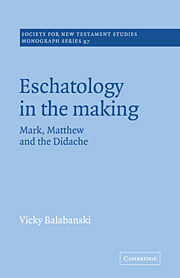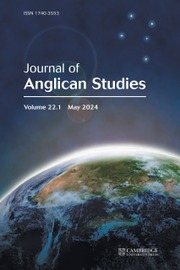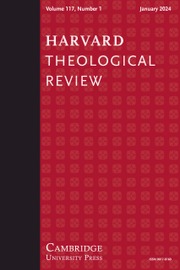Eschatology in the Making
If the expectations of the early church concerning the return of Christ and the end of the world were disappointed, the magnitude of the disappointment and the form in which it was expressed do not seem to fit with the expectations of modern scholars. This 1997 study questions both the idea that the delay of Christ's return - the parousia - was the primary factor shaping the development of eschatological expectation in the early church, and the linearity of the models used to understand the development of early Christian eschatology. Vicky Balabanski argues that Matthew's Gospel shows a more imminent expectation than Mark's, and that there were fluctuations in eschatological expectation caused by factors within these early communities and those of the Didache. She traces these fluctuations and offers some new interpretative keys to Mark 13, Matthew 24 and 25 and Didache 16, as well as some vivid and original historical reconstructions.
- Offers a new perspective on the much-debated issue of the delay of the return of Christ and its effect on the early church
- Provides insight into the elusive period of the early church prior to the writing of the Gospels
- Gives new interpretative keys to Mark 13 and Matthew 24, and analyses the relationship of the Didache to the Gospels
Product details
August 2005Paperback
9780521018906
260 pages
217 × 140 × 16 mm
0.354kg
Available
Table of Contents
- Preface
- Introduction
- 1. An imminent end? Models for understanding eschatological development in the first century
- 2. Matthew 25:1-13 as a window on eschatological change
- 3. Mark 13: eschatological expectation and the Jewish War
- 4. The Judean flight oracle (Mark 13:14) and the Pella flight tradition
- 5. Matthew 24: eschatological expectation after the Jewish War
- 6. Didache 16 as a development in Christian eschatology
- Conclusion
- Bibliography
- Indices.





